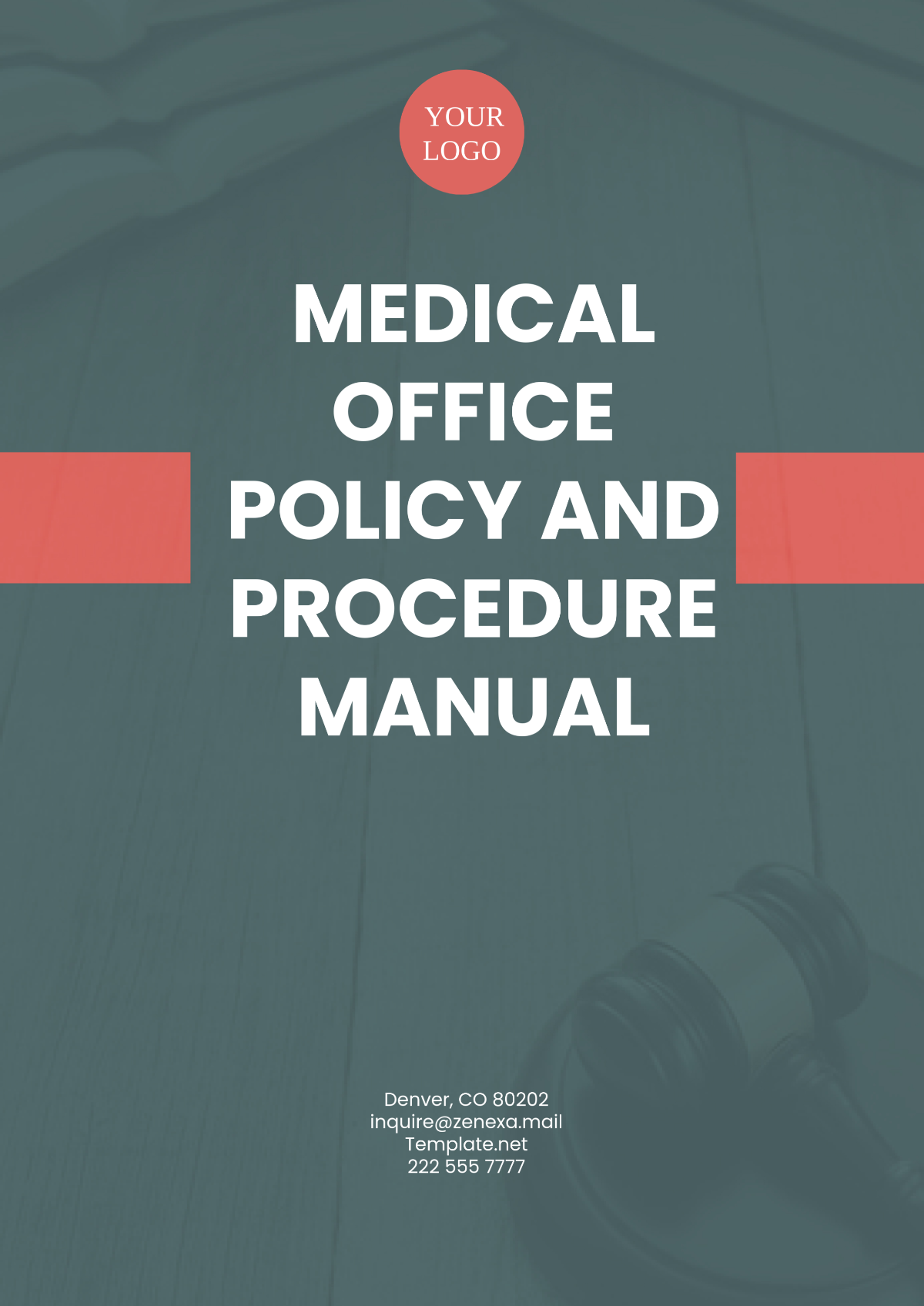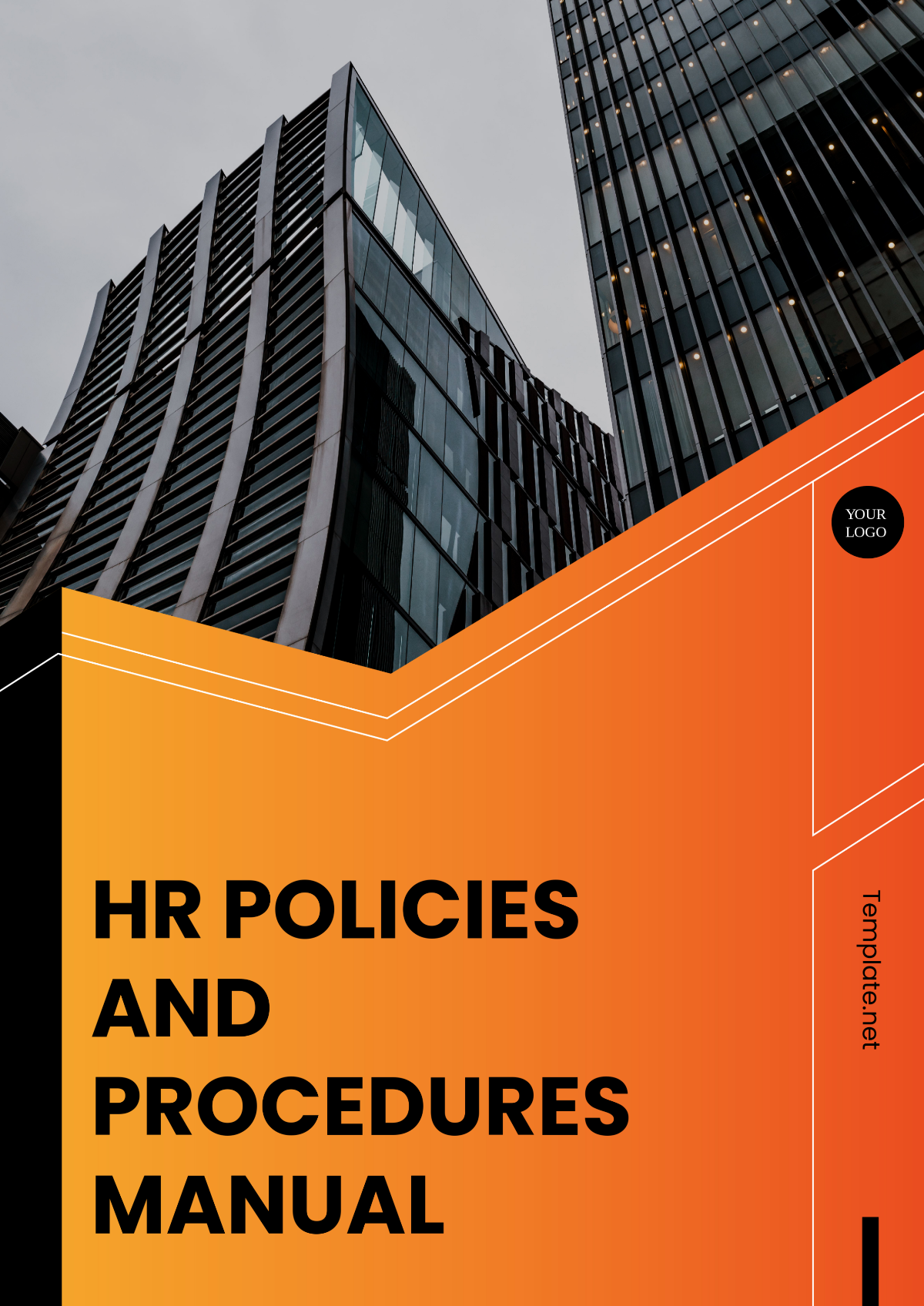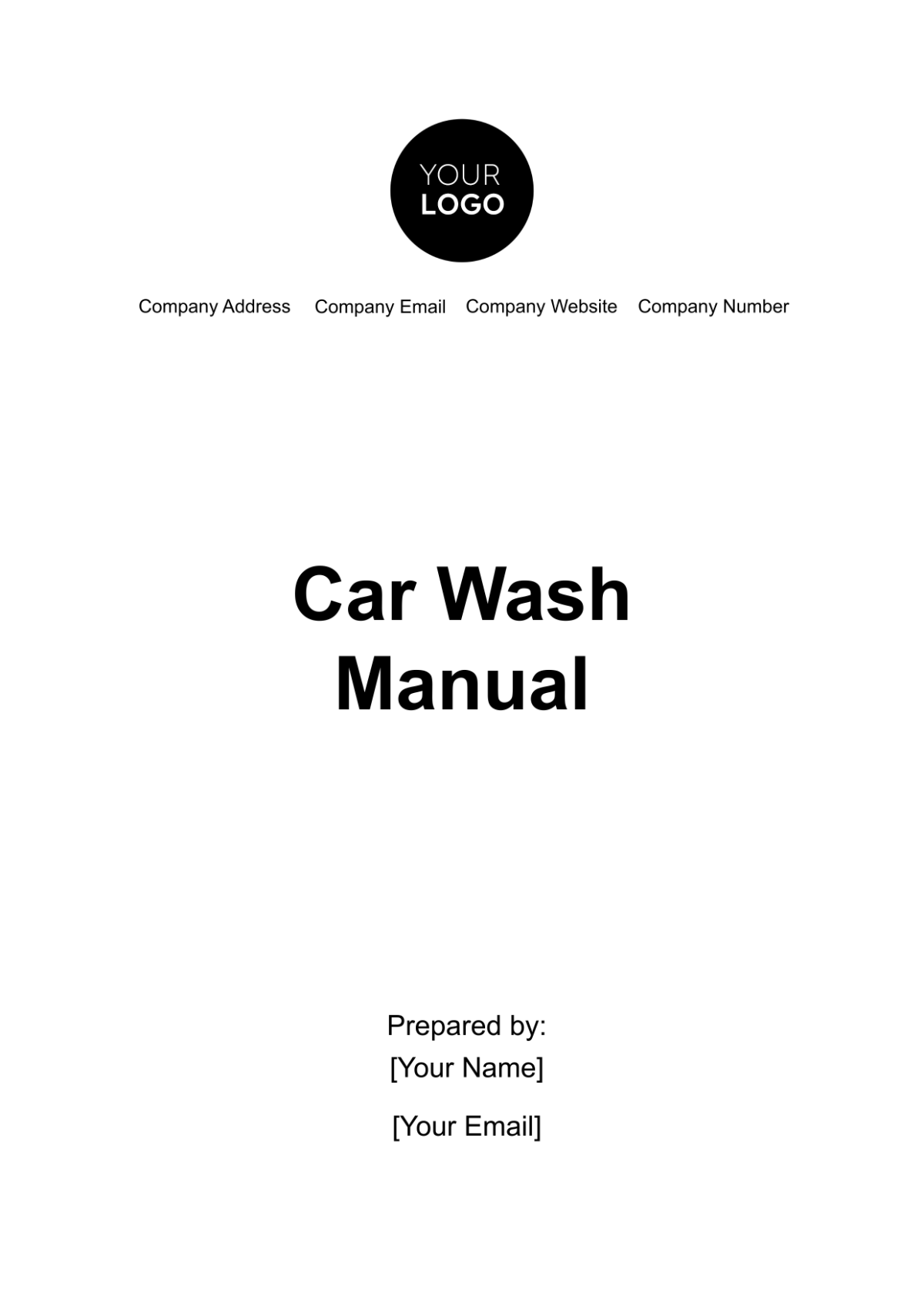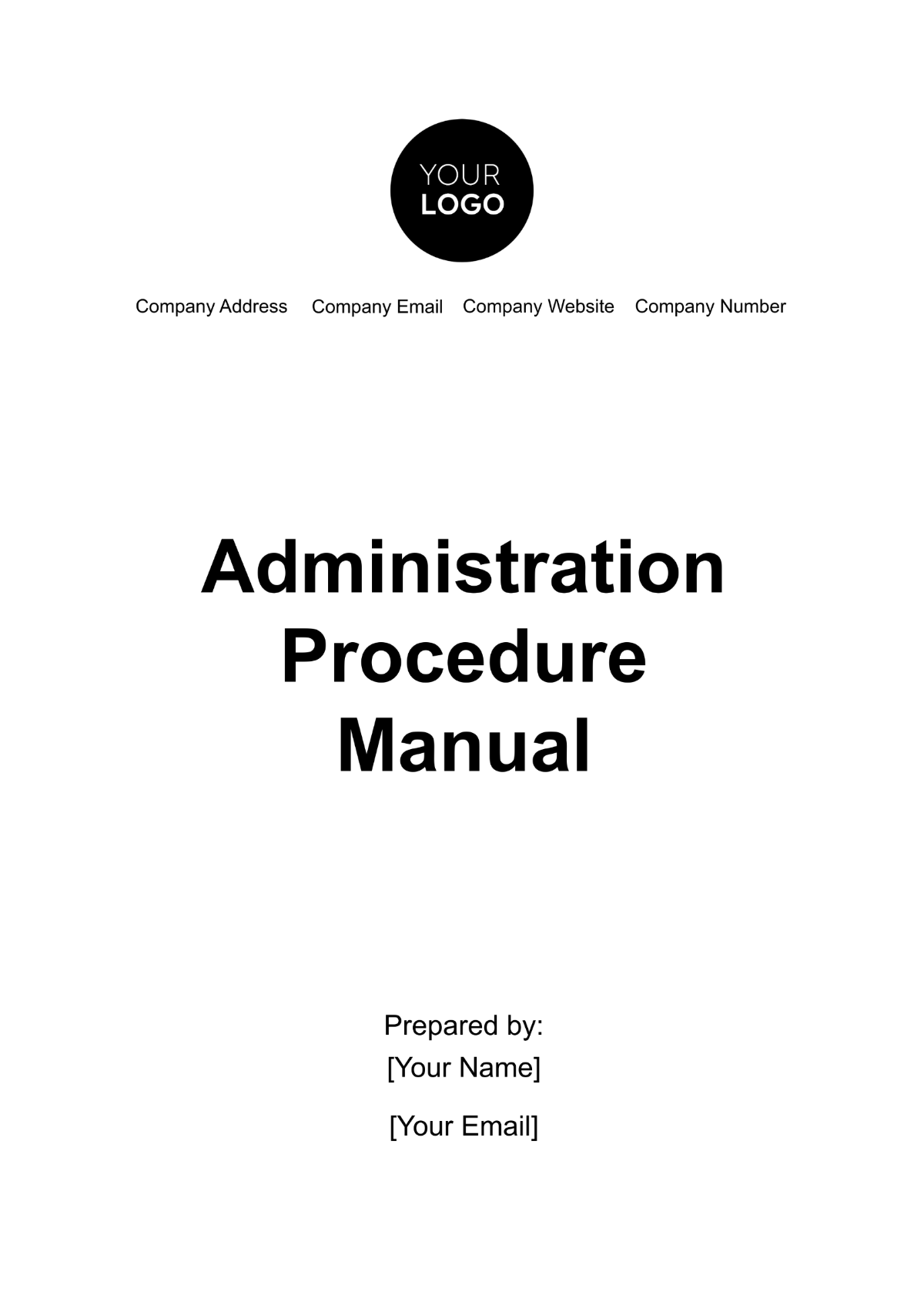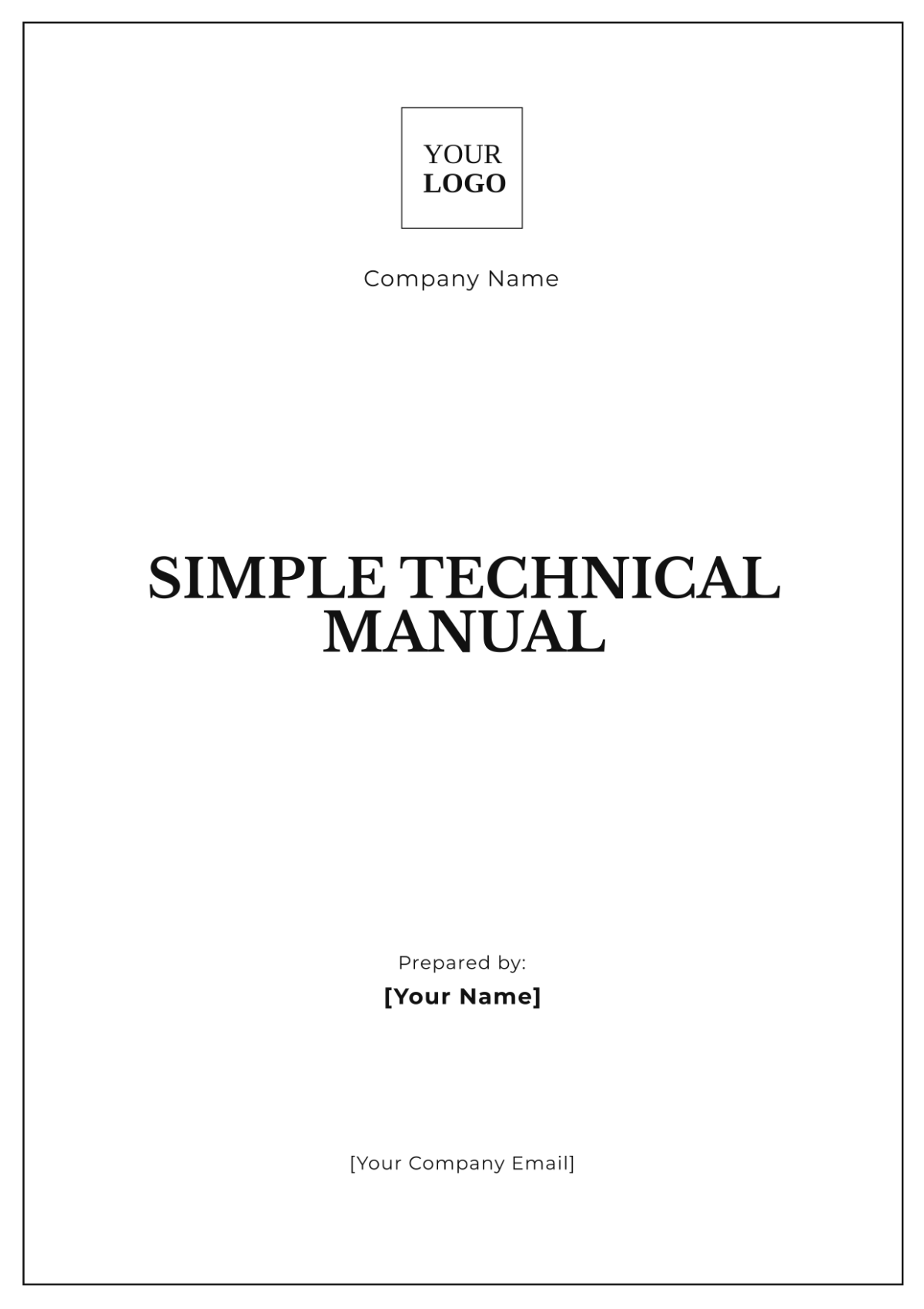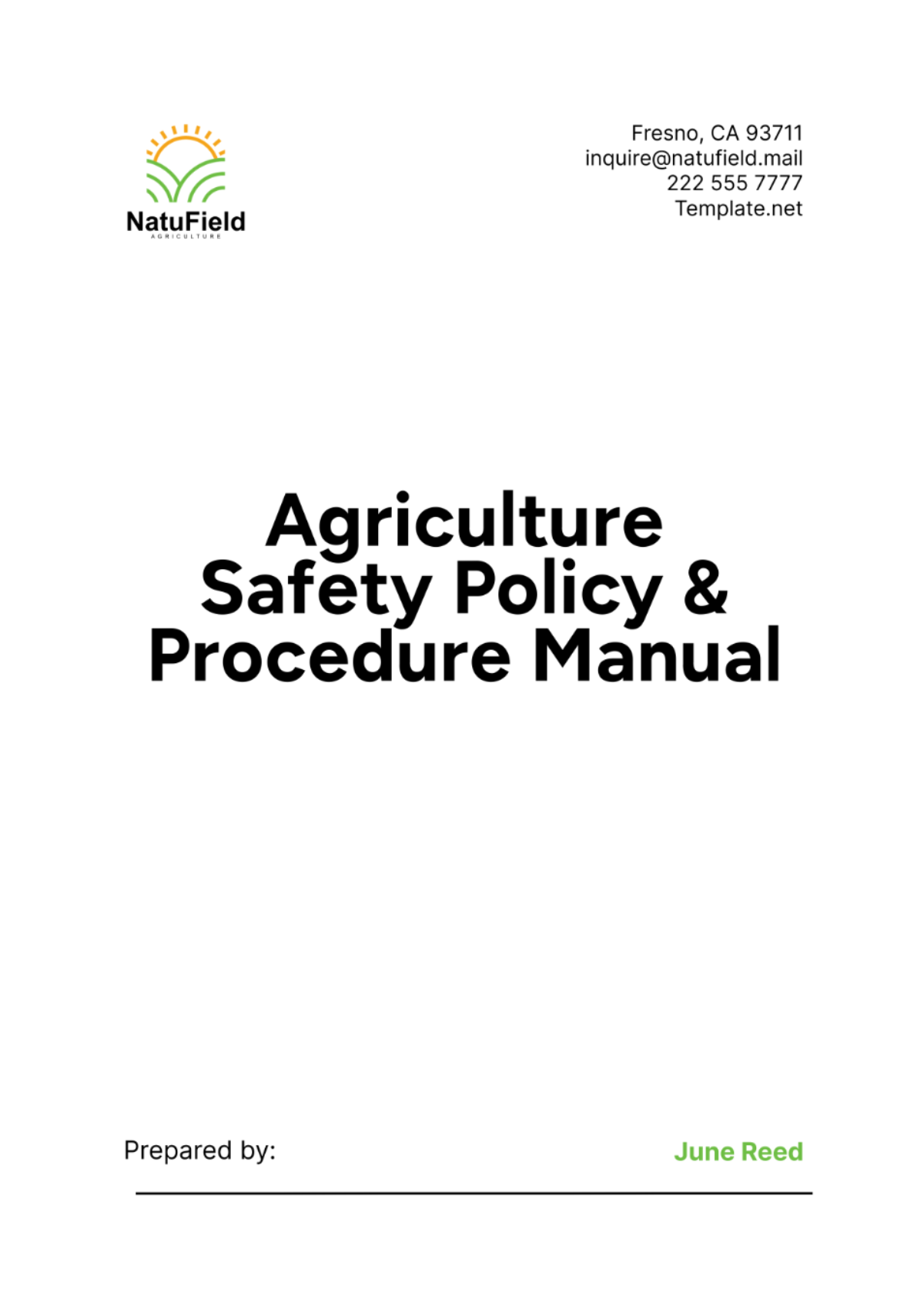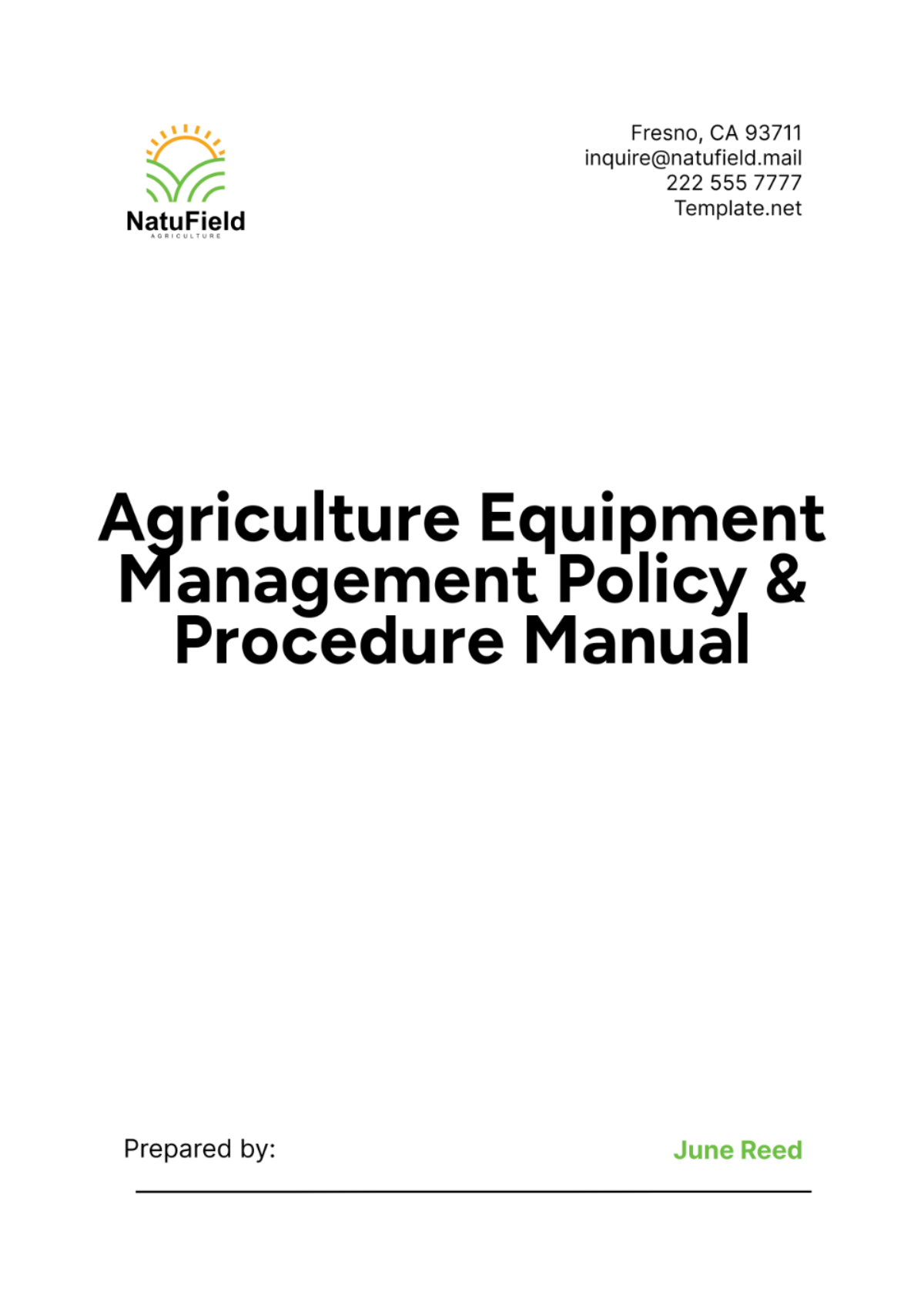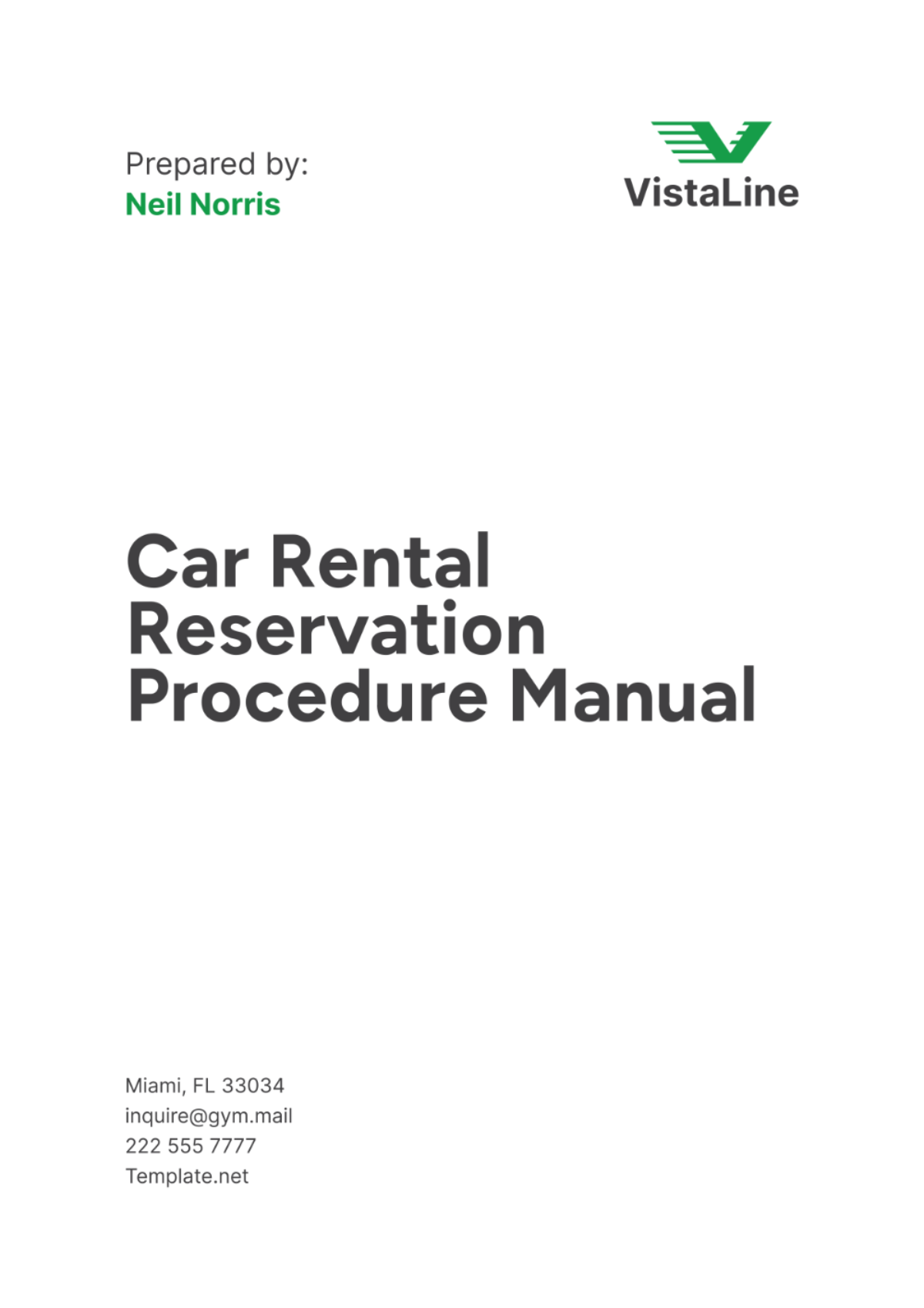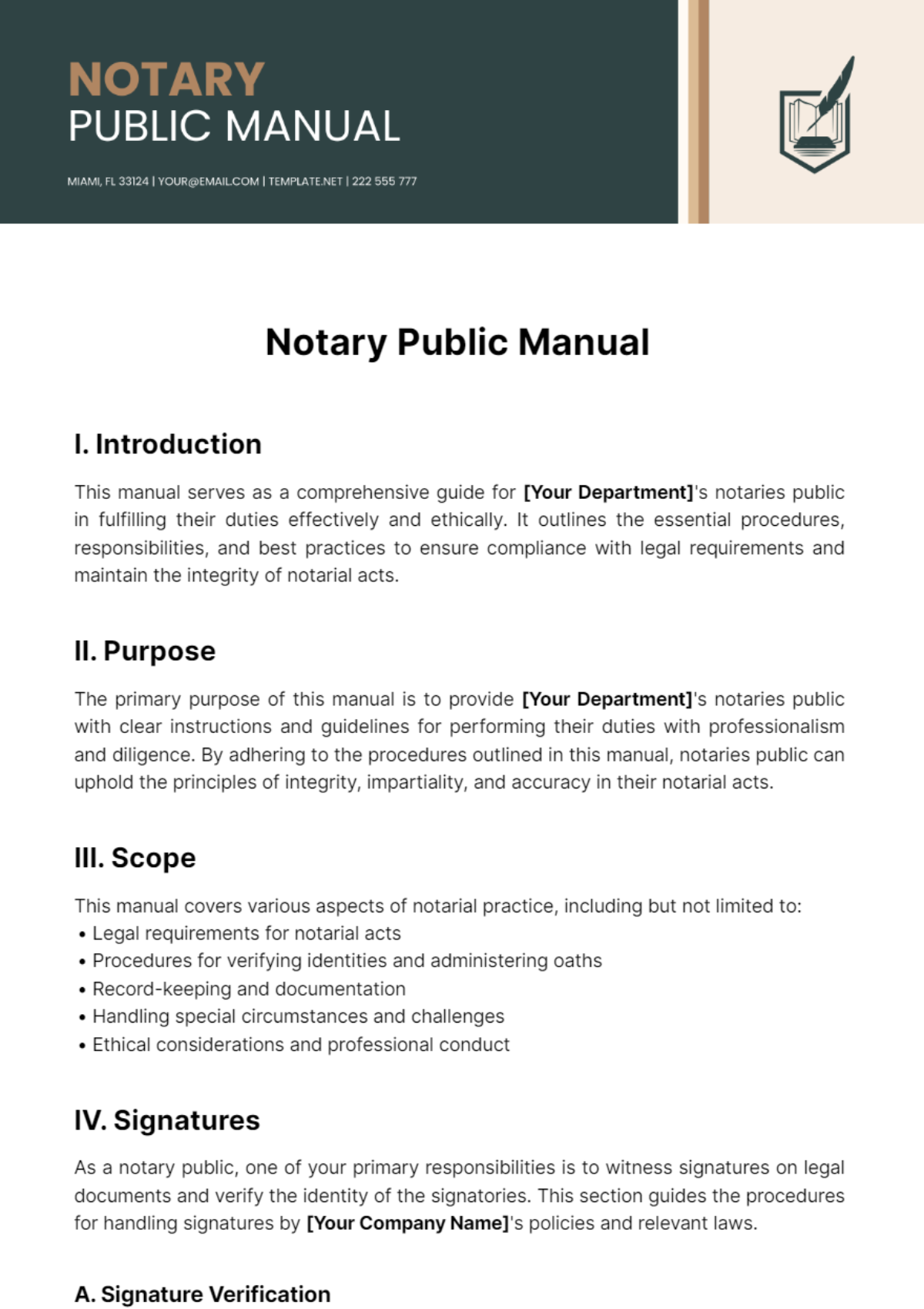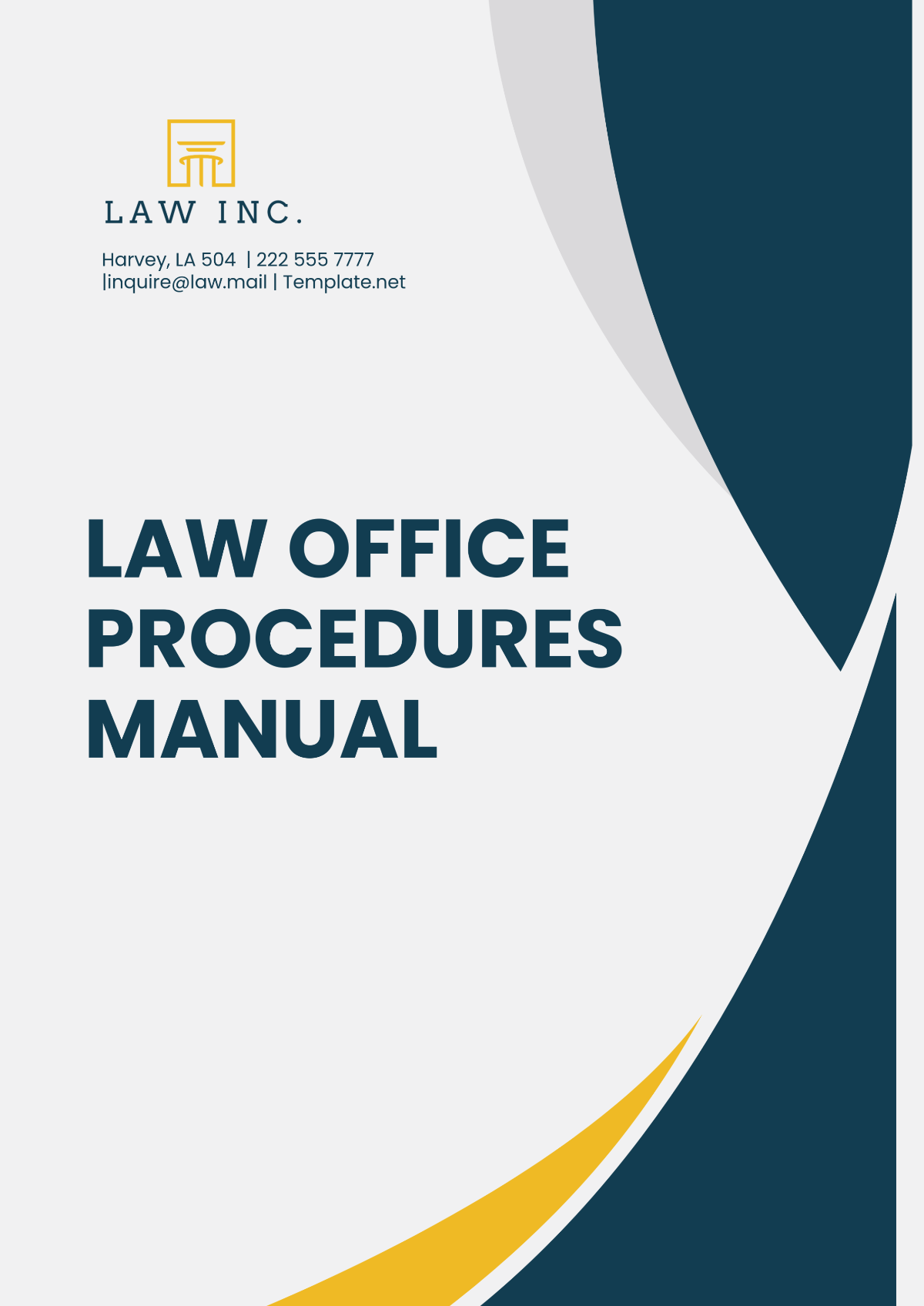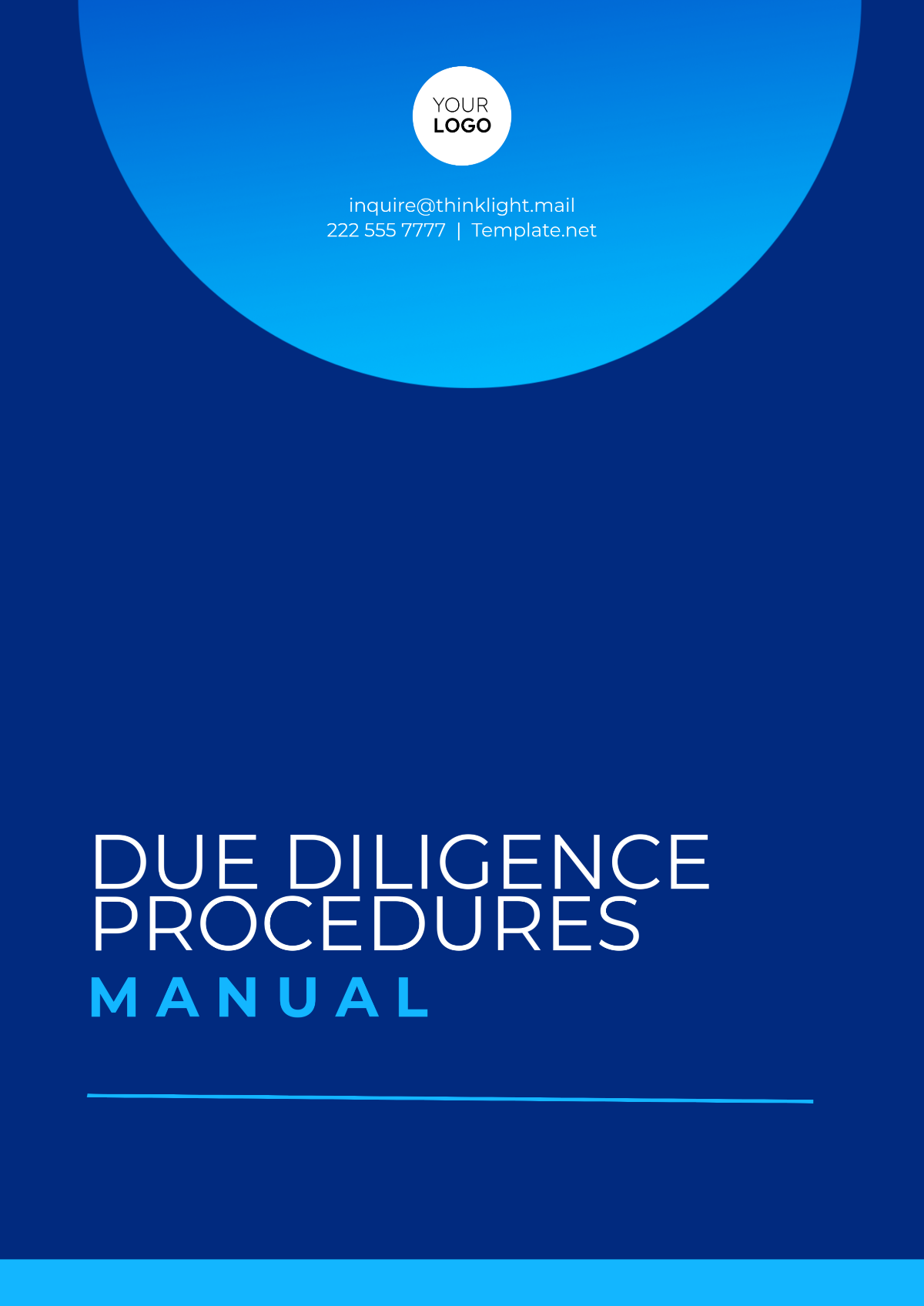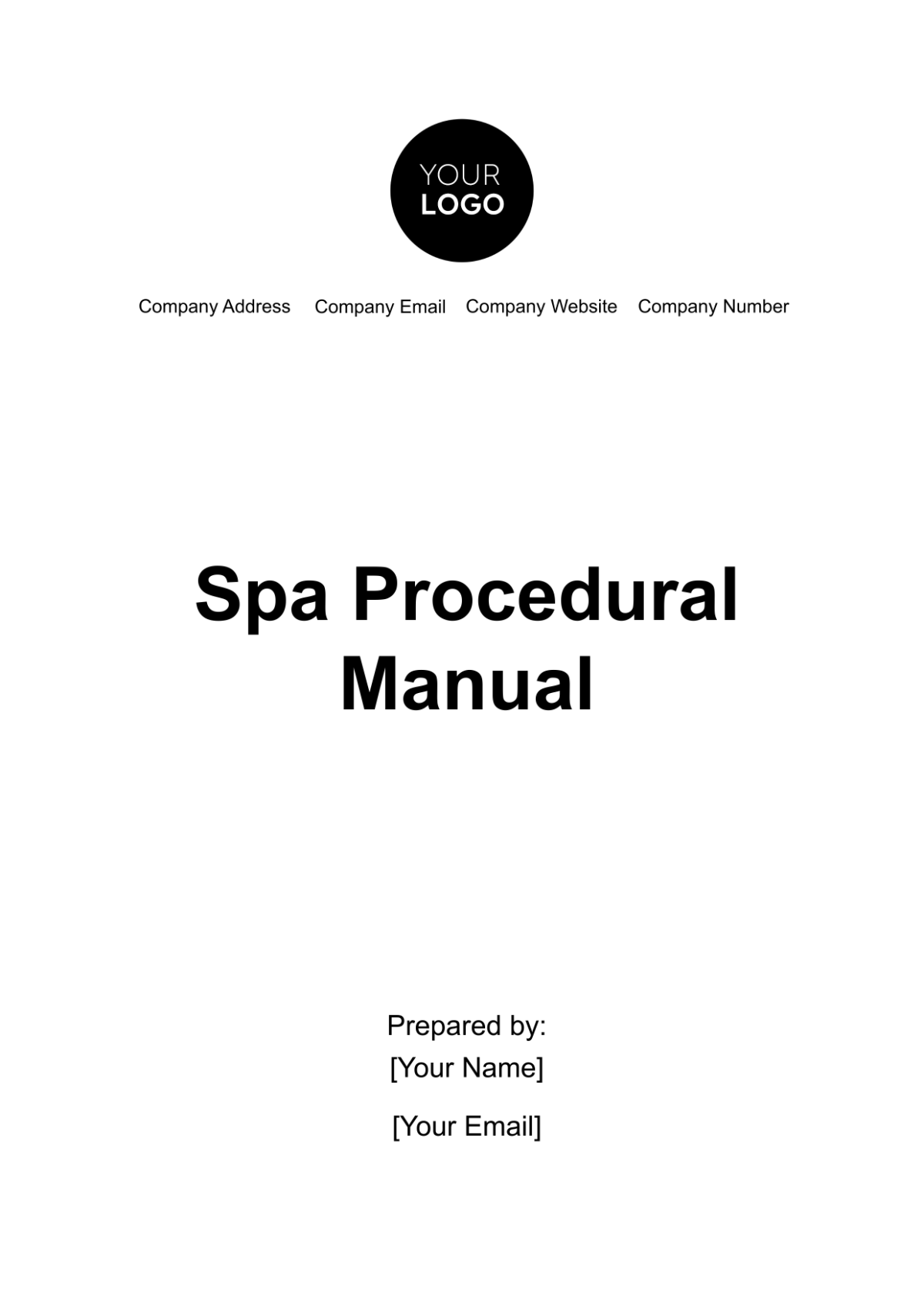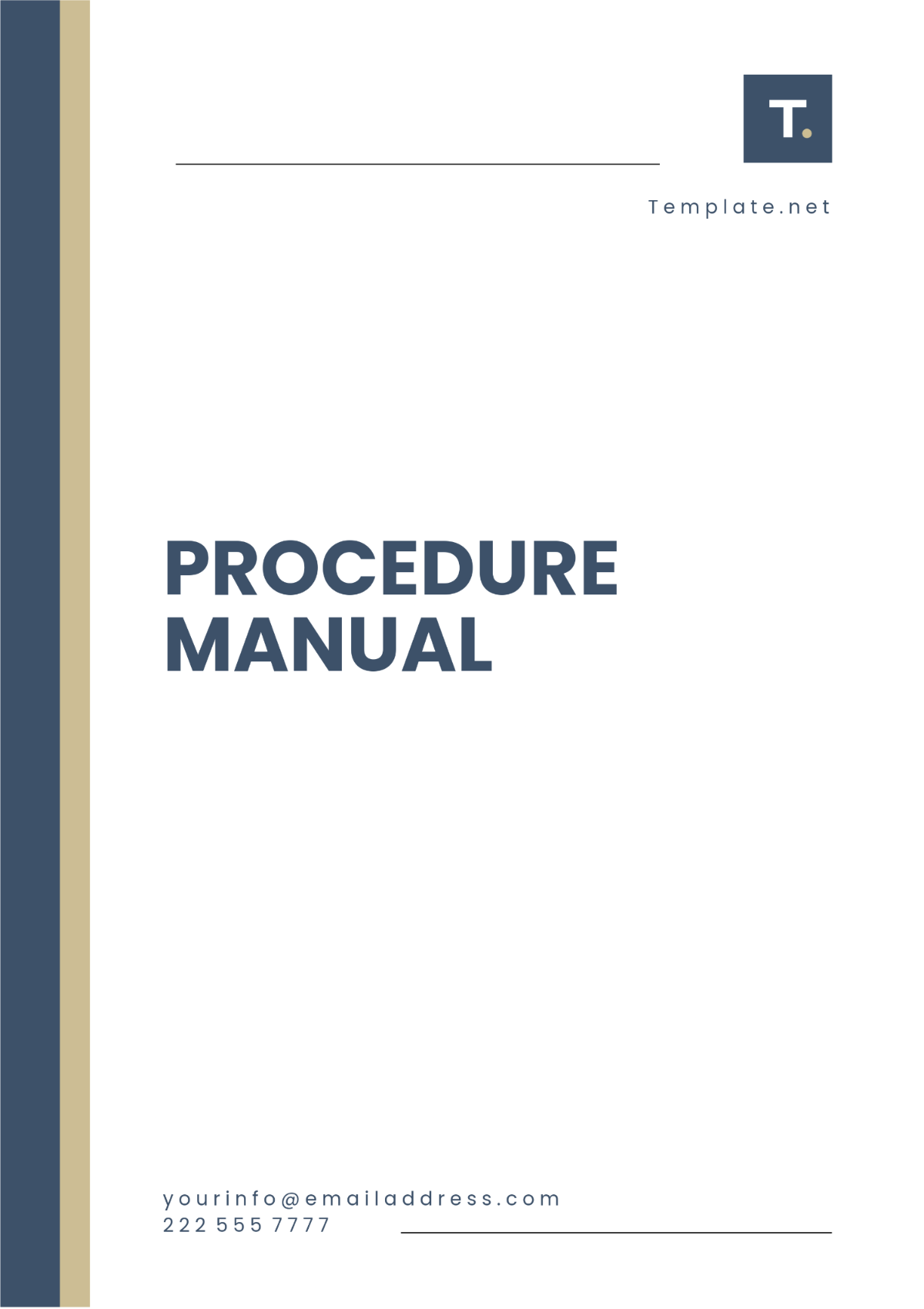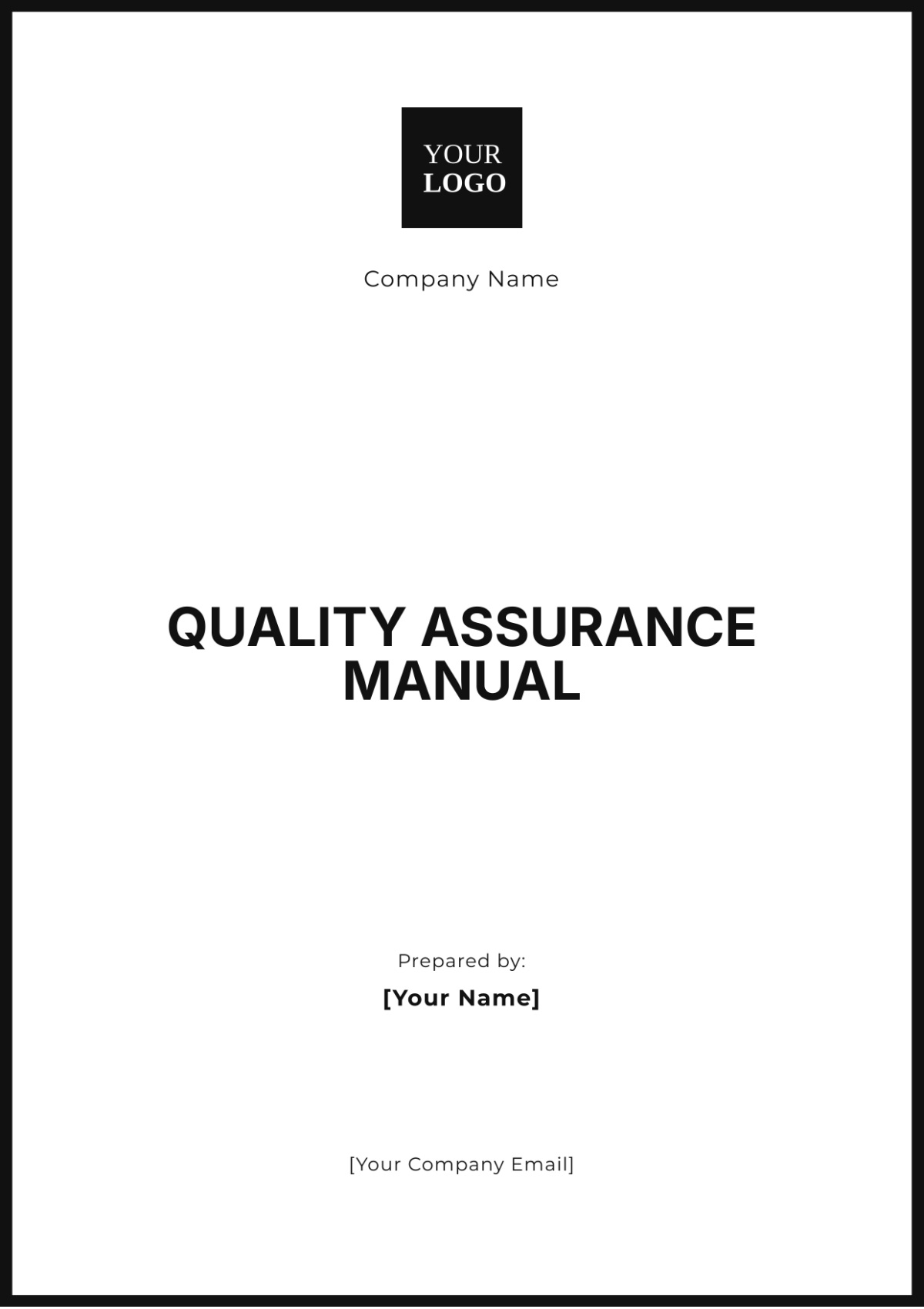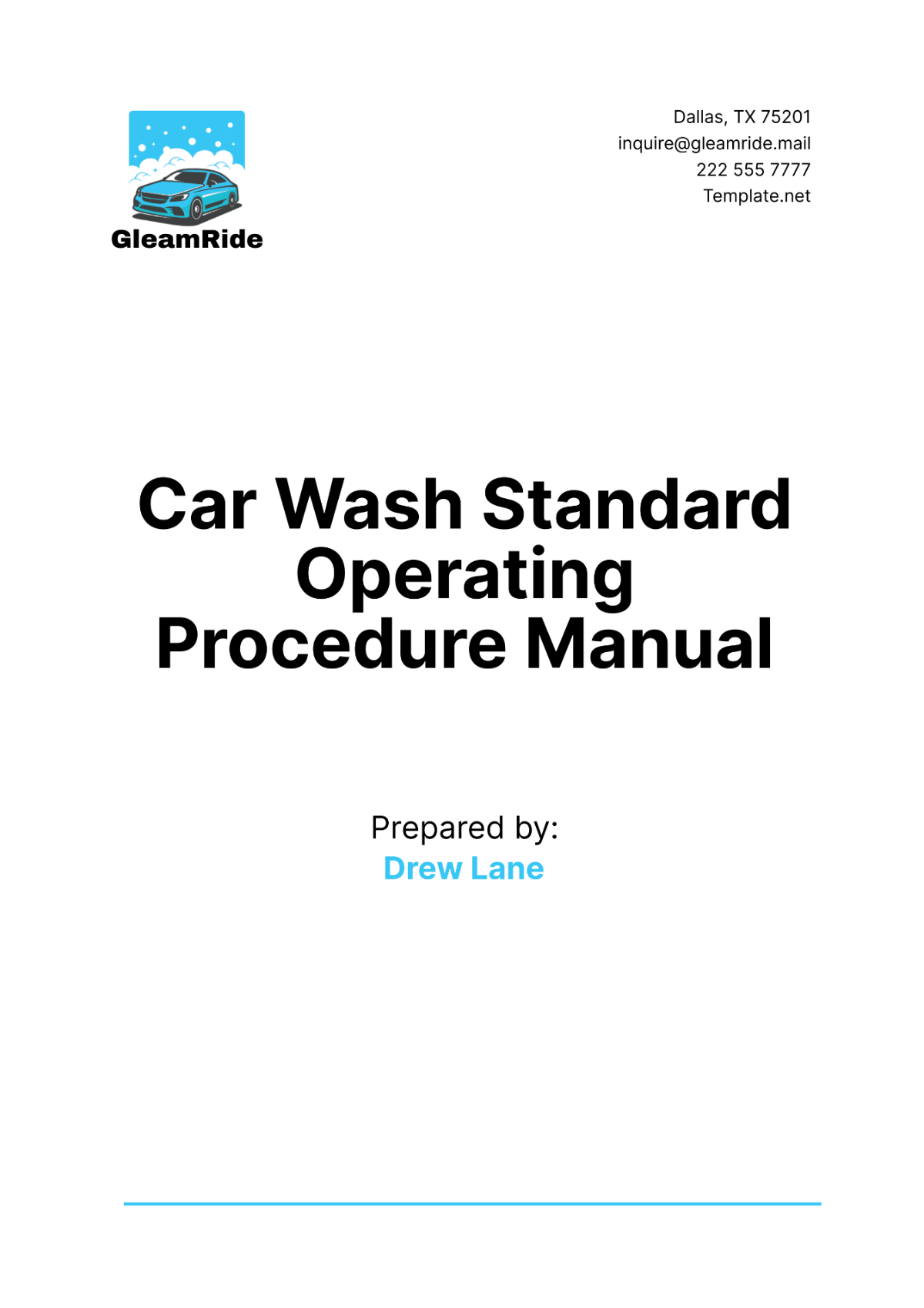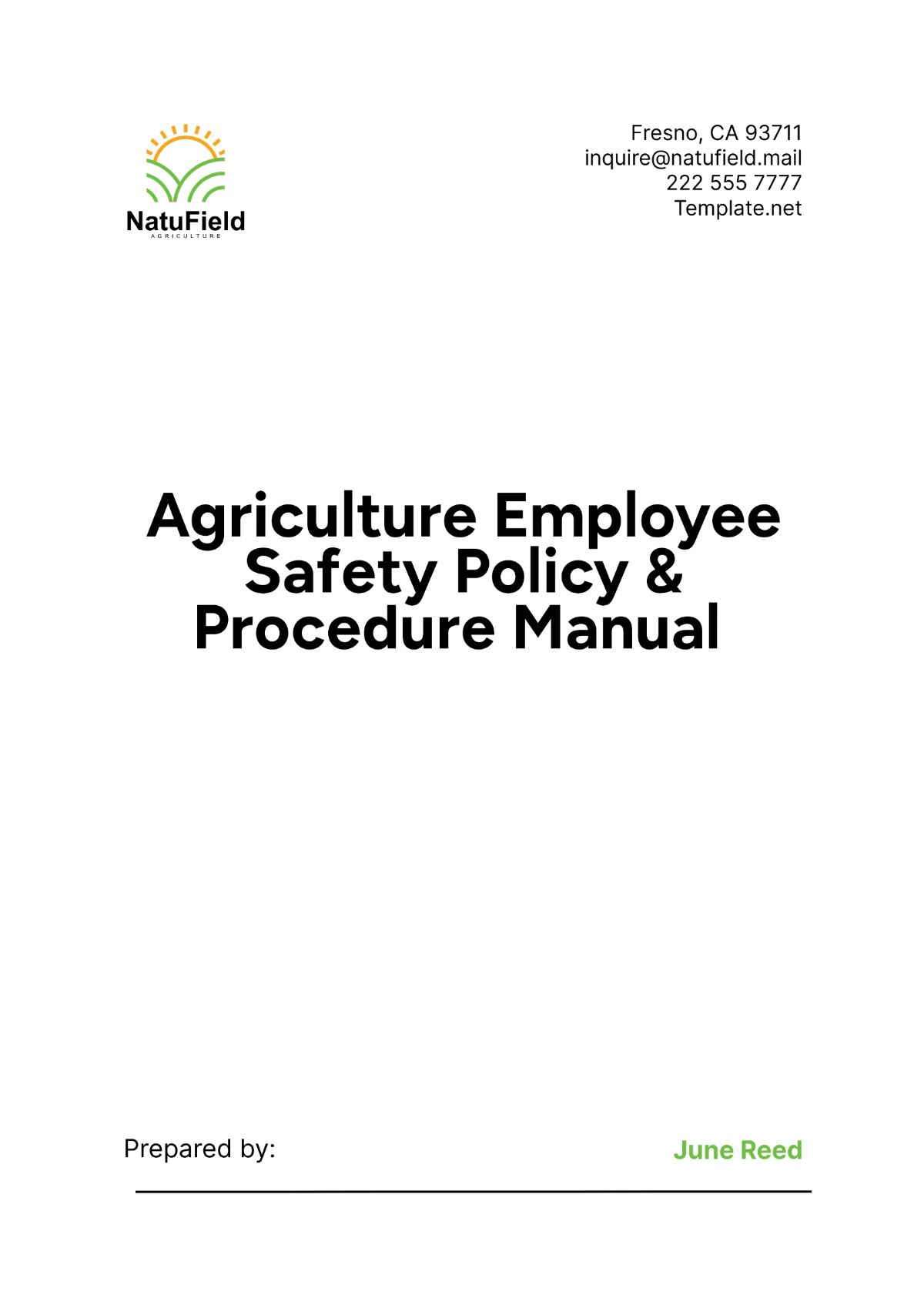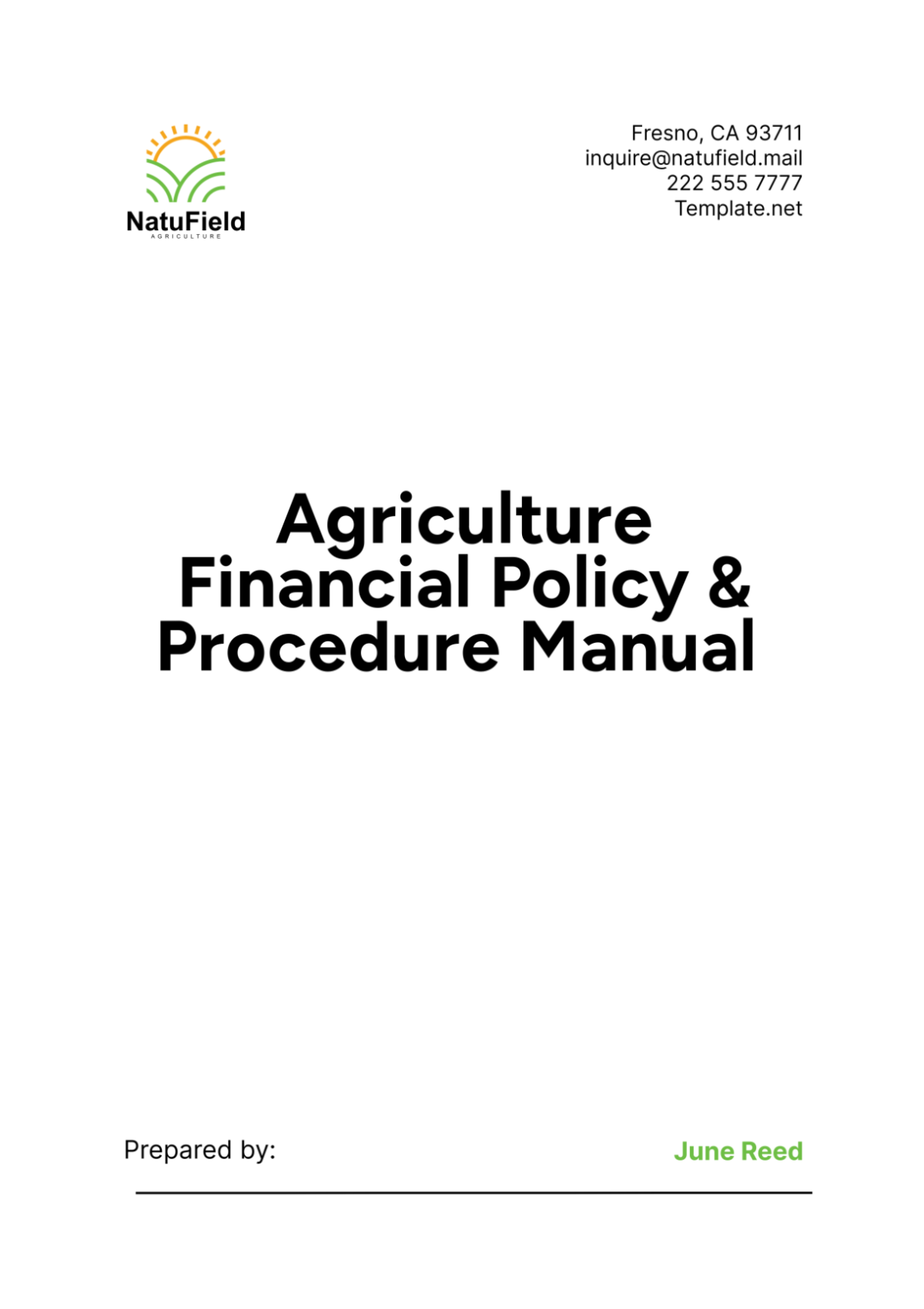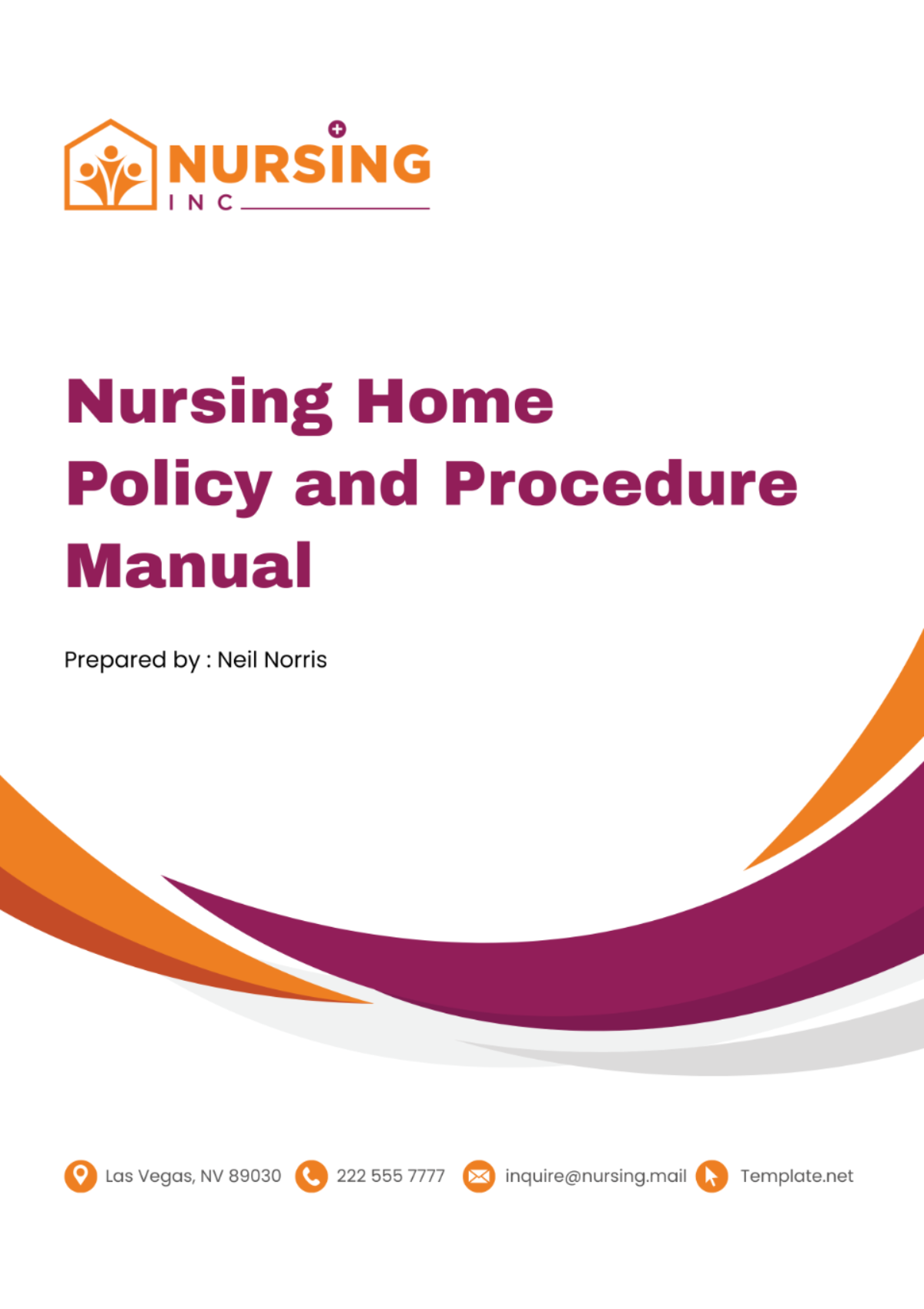Payroll Accounting Procedures Manual
Purpose of the Manual
This manual is designed to provide a comprehensive guide to our payroll accounting procedures. Its primary purpose is to ensure consistency, accuracy, and legal compliance in our payroll operations. This document serves as a reference for all personnel involved in payroll processing, offering clear instructions and standardized practices. It is intended to streamline payroll procedures, minimize errors, and maintain an organized, transparent payroll system that aligns with our organizational policies and legal obligations.
Scope and Overview of Payroll Processes
The scope of this manual encompasses all aspects of our payroll operations. It provides detailed guidance on the following key payroll processes:
Collecting and managing employee time and attendance data.
Calculating wages, salaries, and additional compensation.
Handling deductions, including taxes and other withholdings.
Managing employee benefits enrollment and administration.
Ensuring compliance with all relevant payroll-related regulatory standards.
Processing and disbursing employee pay.
Maintaining accurate and secure payroll records.
Description of the Payroll System
Our payroll system is an integrated, comprehensive solution for managing all aspects of payroll processing. It is designed to automate and streamline payroll tasks, from capturing time and attendance data to processing and disbursing pay. The system is equipped with features to handle various payroll complexities, including different employment types, multiple pay rates, and varied benefits packages. It ensures accurate calculations of wages, withholdings, and contributions, adhering to current tax laws and employment regulations.
Software and Tools Used in Payroll Processing
In our payroll operations, we utilize several software and tools to enhance efficiency and accuracy.
Payroll Management Software: A robust platform that automates the calculation of wages, tax withholdings, and benefit deductions. It also generates pay slips and end-of-year tax documents.
Time Tracking Tool: Software used to record and monitor employee working hours, overtime, and leave. It seamlessly integrates with our payroll system for accurate time-based calculations.
HR Management System (HRMS): This system manages employee data, including personal details, employment history, and benefits enrollment, ensuring that our payroll processing has access to up-to-date information.
Accounting Software: Used for financial reporting and reconciliation, it integrates with our payroll system to reflect payroll expenses accurately in our financial statements.
Reporting and Analytics Tools: These tools are used for generating payroll reports, providing insights into payroll expenses, tax liabilities, and compliance status.
Collecting and Managing Employee Data
Efficient payroll processing begins with the accurate collection and management of employee data. This data forms the foundation for all payroll calculations and compliance activities.
Initial Data Collection: Gather comprehensive employee information at the time of hiring, including personal details, tax information (W-4 forms), and bank details for direct deposit.
Regular Updates: Promptly update the payroll system with any changes in employee information, such as address changes, marital status updates, or changes in exemptions.
Data Verification: Regularly verify the accuracy of employee data, especially before processing each payroll cycle.
Access Control: Restrict access to employee data to authorized personnel only to ensure confidentiality.
Record Retention: Maintain employee records for the required legal duration, following federal and state laws.
Employee Information Confidentiality
The confidentiality and security of employee information are paramount. We are committed to protecting this sensitive data from unauthorized access and breaches. All employee data is stored in secure systems with encryption and robust access controls. Regular training is provided to staff handling payroll data on best practices for data security and privacy. We regularly review and update our data protection policies to align with current data protection laws and best practices.
Timekeeping Systems and Procedures
Accurate timekeeping is crucial for effective payroll processing, particularly for employees whose pay is based on the hours worked.
Clock-In/Clock-Out: Employees must clock in at the start and clock out at the end of their workday using the designated timekeeping system.
Record Regularity: Ensure regular recording of work hours, overtime, and leave to maintain accurate payroll records.
Managerial Review: Supervisors should regularly review and approve recorded time for accuracy.
System Integration: Timekeeping data should be seamlessly integrated with the payroll system for efficient processing.
Policies on Attendance, Absences, and Tardiness
Our organization maintains clear policies on attendance, absences, and tardiness to ensure fairness and operational efficiency.
Attendance Policy: Employees are expected to adhere to their scheduled work hours. Regular attendance is essential for operational continuity.
Absence Policy: Planned absences, such as vacation or scheduled leave, must be approved in advance. In cases of unplanned absences, such as sickness, employees are required to notify their supervisor as soon as possible.
Tardiness Policy: Employees are expected to be punctual. Repeated tardiness may be subject to disciplinary action. Supervisors are responsible for monitoring and addressing instances of tardiness.
Payroll Cycle and Scheduling
Our payroll cycle is meticulously planned to ensure timely and accurate payment to our employees. The scheduling is designed to align with work periods and statutory requirements.
Payroll Type | Frequency | Processing Start | Payday |
Regular Payroll | Bi-weekly | 1st and 15th of each month | 10th and 25th of each month |
Overtime and Bonuses | Monthly | Last working day of the month | 5th of the following month |
Payroll Processing Procedures
The payroll processing procedures are structured to ensure efficiency and accuracy in every pay cycle.
Data Collection: Gather time records and other relevant payroll information.
Initial Calculation: Compute gross pay based on time records and salary agreements.
Deductions and Adjustments: Apply tax withholdings and other deductions such as benefits contributions.
Final Verification: Conduct a thorough review of the payroll calculations.
Approval: Obtain approval from the designated authority.
Payment Disbursement: Process payments via direct deposit or other agreed methods.
Record Keeping: Update payroll records and prepare reports for internal and external use.
Handling Special Pay Circumstances
Special pay circumstances like bonuses and overtime require particular attention to ensure accurate and compliant processing.
Circumstance | Handling Procedure |
Overtime Pay | Calculated at 1.5 times the regular hourly rate for hours worked over 40 in a workweek. Applied in the next payroll cycle. |
Performance Bonuses | Based on individual or company performance criteria. Processed in the monthly payroll following the evaluation period. |
Holiday Pay | Paid at regular rate for recognized holidays, regardless of work status. Included in the regular payroll. |
Commission Payments | Calculated based on sales targets or performance metrics. Paid monthly. |
Salary Structure and Administration
Our organization adheres to a structured salary system to ensure equity, transparency, and consistency in employee compensation. The structure is periodically reviewed to remain competitive and align with market standards.
Employee Category | Salary Range | Basis for Pay |
Entry-Level | $30,000 - $40,000 | Fixed annual salary |
Mid-Level | $40,000 - $60,000 | Based on experience and role complexity |
Senior-Level | $60,000 - $90,000 | Performance and leadership responsibilities |
Executive | $90,000 and above | Strategic role and impact on organization |
Wage Calculations and Adjustments
Wage calculations are conducted every pay period. They consider standard working hours, overtime, bonuses, and any other adjustments such as raises or deductions. Regular reviews ensure that wage adjustments align with individual performance, changes in roles, and market trends.
Tax Withholding Procedures
Our payroll system incorporates a comprehensive approach to tax withholding to ensure compliance and accuracy.
Employee Tax Forms: Collect and maintain up-to-date W-4 forms for all employees.
Withholding Calculations: Use current tax tables to calculate federal and state tax withholdings.
Regular Updates: Adjust withholding calculations based on tax law changes or updates to employee W-4 forms.
Year-End Adjustments: Review and adjust withholdings at year-end to account for any discrepancies.
Managing Deductions: Mandatory and Voluntary
Mandatory Deductions: These include federal and state income taxes, FICA (Social Security and Medicare), and any other legally required deductions such as court-ordered wage garnishments. These are automatically calculated and withheld from employee paychecks.
Voluntary Deductions: These deductions include contributions to retirement plans, health insurance premiums, and other benefit programs. Employees opt into these programs, and deductions are made pre-tax, reducing taxable income.
Compliance with Tax Regulations
Ensuring compliance with tax regulations is a cornerstone of our payroll process.
Fair Labor Standards Act (FLSA): Governs minimum wage, overtime, and recordkeeping requirements.
Federal Insurance Contributions Act (FICA): Outlines employer and employee contributions to Social Security and Medicare.
Federal Unemployment Tax Act (FUTA): Addresses employer contributions to the federal unemployment fund.
State and Local Tax Laws: Vary by location but generally include state income tax and other state-specific payroll taxes.
Affordable Care Act (ACA): Includes provisions for employer-sponsored health insurance reporting.
Overview of Employee Benefits
Our organization offers a comprehensive benefits package to support the well-being and financial security of our employees. These benefits are an integral part of our total compensation package.
Benefit Type | Description | Eligibility |
Health Insurance | Medical, dental, and vision coverage. | Full-time employees after 30 days of employment. |
Retirement Savings Plan | 401(k) plan with employer matching. | All employees upon hire, with matching after 6 months. |
Life Insurance | Basic life and accidental death coverage. | Full-time employees after 30 days of employment. |
Paid Time Off (PTO) | Vacation, sick leave, and personal days. | Accrues with each pay period, available to all employees. |
Professional Development | Tuition reimbursement and training opportunities. | Available to all employees after 1 year of service. |
Benefits Enrollment and Management
Enrolling in and managing benefits is a key aspect of our HR and payroll processes.
Initial Enrollment: New employees are guided through the benefits enrollment process during their onboarding.
Open Enrollment Period: An annual open enrollment period allows employees to review and change their benefits selections.
Life Event Changes: Employees can update their benefits in response to qualifying life events, such as marriage or childbirth.
Benefit Management System: A self-service online portal is available for employees to manage their benefits throughout the year.
Adhering to Federal and State Payroll Laws
Compliance with federal and state payroll laws is crucial for the integrity of our payroll operations.
Staying Informed: Regularly updating our knowledge of changes in payroll-related laws and regulations.
Employee Classification: Properly classifying employees to comply with wage and hour laws.
Record Keeping: Maintaining accurate and comprehensive records as required by law.
Tax Compliance: Ensuring accurate calculation and timely remittance of payroll taxes.
Regular Audits: Conducting internal audits to ensure ongoing compliance.
Record-Keeping and Reporting Requirements
Effective record-keeping and reporting are vital to our payroll system's compliance and functionality.
Payroll Records: Maintain detailed records of each payroll cycle, including gross wages, deductions, and net pay.
Employee Files: Keep individual employee files updated with their compensation, benefits, and tax information.
Tax Documents: Properly file and store all payroll-related tax documents, such as W-2s and 1099s.
Timekeeping Records: Securely store all timekeeping records in accordance with FLSA requirements.
Audit Trails: Maintain logs of all payroll processing activities to provide clear audit trails.
Identifying and Correcting Payroll Errors
Accuracy in payroll processing is crucial, but errors can occur. It is important to identify and correct these errors promptly to maintain trust and compliance.
Regular Checks: Conduct frequent audits of payroll records to identify any discrepancies.
Employee Communication: Encourage employees to review their pay stubs and report any inconsistencies.
Error Analysis: Investigate the cause of reported errors thoroughly.
Immediate Correction: Correct errors as soon as they are verified, including issuing adjusted payments if necessary.
Documentation: Document all errors and corrections for transparency and future reference.
Amendment and Reconciliation Procedures
Amending payroll records and reconciling discrepancies are essential for maintaining the integrity of our payroll system.
Record Review: Regularly review payroll records against bank statements and other financial documents.
Adjustment Approval: Obtain necessary approvals for any adjustments to payroll records.
Timely Updates: Make amendments promptly to prevent compounding errors.
Employee Notification: Inform affected employees about any adjustments to their records.
Reconciliation Reports: Generate reconciliation reports for internal records and compliance purposes.
Internal and External Audit Processes
Regular audits, both internal and external, are crucial for ensuring payroll compliance and accuracy.
Scheduled Internal Audits: Conduct internal audits at regular intervals to review payroll accuracy and compliance.
Engaging External Auditors: Periodically hire external auditors for an unbiased review of our payroll system.
Audit Readiness: Maintain payroll records in an audit-ready state at all times.
Cooperation and Transparency: Ensure full cooperation with auditors and provide complete access to necessary documents and records.
Preparing for and Responding to Audits
Being well-prepared for audits minimizes disruption and helps us demonstrate our compliance effectively.
Audit Preparation Team: Designate a team responsible for audit preparation and response.
Documentation Gathering: Ensure all payroll-related documents, including timesheets, pay records, and tax filings, are organized and accessible.
Staff Briefing: Brief all relevant staff on their roles and responsibilities during audits.
Mock Audits: Conduct mock audits to identify potential areas of concern.
Action Plan for Findings: Develop an action plan to address any findings or recommendations resulting from audits.
Training Programs for Payroll Staff
Continuous training and development are crucial for our payroll staff to stay updated with the latest payroll practices, software, and regulations.
Training Program | Duration | Description |
Payroll Fundamentals | 2 Days | Covers basic payroll concepts and procedures. |
Advanced Payroll Techniques | 3 Days | Delves into complex scenarios and compliance issues. |
Payroll Software Proficiency | 1 Day | Training on the latest features of our payroll software. |
Tax Law Updates | 1 Day | Focuses on recent changes in tax legislation. |
Data Security and Confidentiality | 1 Day | Covers best practices in data security and privacy laws. |
These programs ensure that our payroll team is competent, well-informed, and prepared to handle the complexities of payroll processing.
Handling Payroll Processing in Emergencies
In emergency situations, such as natural disasters or unforeseen disruptions, maintaining payroll continuity is critical.
Emergency Plan: Have a clearly defined emergency plan tailored for payroll operations.
Remote Access: Ensure the payroll team can access the payroll system remotely if necessary.
Backup Data: Regularly back up payroll data to secure cloud storage.
Communication Strategy: Establish a communication protocol to keep employees informed about payroll processing during emergencies.
Contingency Training: Train payroll staff on emergency procedures and contingency plans.
Changes in Payroll Policies and Systems
Changes to payroll policies and systems are sometimes necessary to improve efficiency, compliance, or to adapt to organizational changes.
Assessment and Planning: Conduct a thorough assessment to identify the need for changes and plan their implementation.
Stakeholder Engagement: Engage with key stakeholders to gather input and discuss the impact of the proposed changes.
Clear Communication: Communicate changes clearly and promptly to all affected parties, including the rationale behind the changes.
Training and Support: Provide training and support to payroll staff and other affected employees to ensure a smooth transition.
Feedback Mechanism: Implement a feedback mechanism to identify any issues with the new policies or systems and address them promptly.
Documentation Update: Update all relevant documentation, including this manual, to reflect the new policies or systems.












